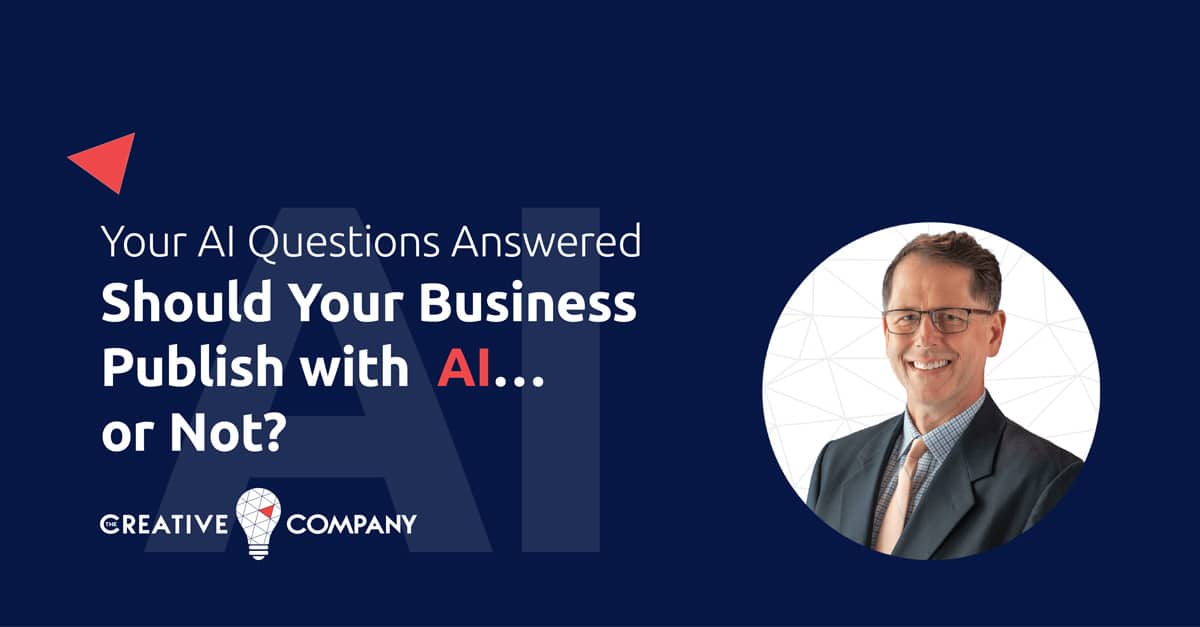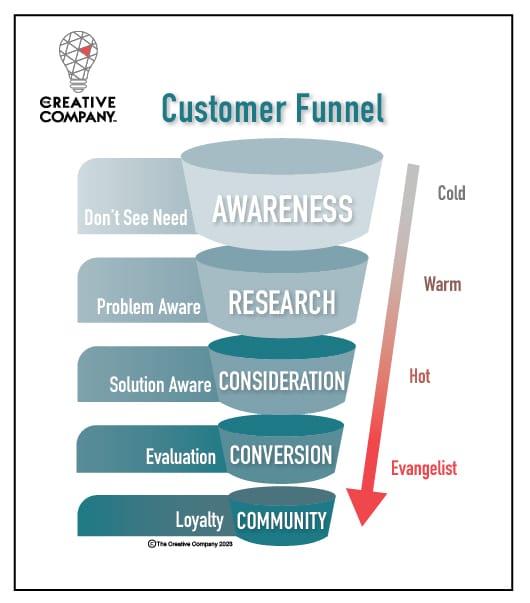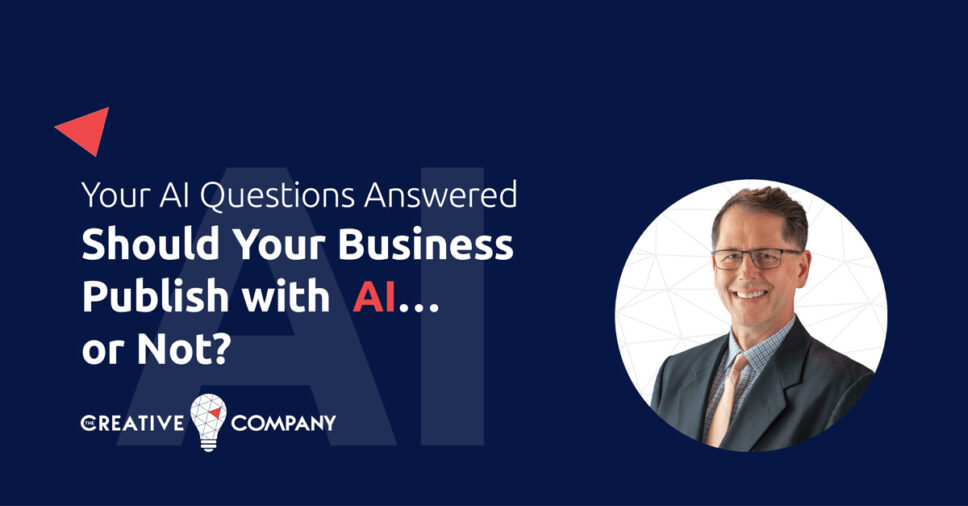
Do you feel like AI is moving so fast you’re getting left behind? While ChatGPT and its kin are spreading rapidly, are you wondering if your organization should publish AI content…or not?
Before we dig in, let’s define what we mean by “publish AI content”: the use of artificial-intelligence technology to produce and optimize content such as blog posts, marketing copy, press releases, and articles.
An AI-Driven Content Publishing Strategy vs. Google
In February, Google clarified its stance on AI-generated content. Google Search guidelines don’t directly ban AI-generated content. Instead, Google rewards “high-quality content however it is produced.” Google says high-quality content is based on E-E-A-T: Expertise, Experience, Authoritativeness, and Trustworthiness. (Spoiler alert: AI isn’t great at E-E-A-T.)
While Google won’t penalize AI-generated content directly, and it does not consider all use of automation as spam, it does say using AI to create content with the primary purpose of manipulating your search ranking is a violation.
Will AI-Generated Content Drive Results?
Content drives results when it moves your audience from point A to point B in your customer funnel or journey.
Depending on the goals and metrics of your content-publishing strategy, using AI to publish content can deliver results like:
👀 Build Awareness: If your AI-generated content attracts organic traffic, it can improve your rankings in search-engine results pages (SERPs) for different keywords.
👍 Improve Customer Satisfaction: If your AI-generated content can personalize content to appeal to individual users’ preferences and behaviors, it can increase user satisfaction and loyalty. Think product recommendations based on past purchases, for example.
💰 Save Time & Money: If AI helps you generate ideas, write and edit copy, and analyze audience feedback, it can improve your own productivity, creativity, and engagement when it comes to creating your content. If your AI-generated content reduces the need for human labor and costs associated with content creation, then you could save money, time, and resources.
What are the Downsides of Publishing AI Content?
Far and away, the biggest negative to AI-generated content is the lack of brand differentiation.
The Creative Company helps clients create or hone how their brand should communicate. Our clients use specific words and phrases to convey how they work, their processes, values, etc. AI-generated content struggles to properly convey a business’ value proposition in a competitive market. As one writer pointed out, AI-generated content may be soulless, lacking character or individuality.
Here are a few other challenges and risks to consider:
😑 Low Emotional Impact: AI doesn’t do well with understanding the emotions of customers' desired outcomes.
📉 Low Quality: Content that does not capture the brand's tone, style, and voice or the audience, or content that garners organic traffic but is not part of your core business and will never convert.
🔴 Errors & Plagiarism: Content that contains factual errors or plagiarism.
⚖️ Legal Issues: Ethical and legal issues regarding authorship, ownership, and responsibility of AI-generated content.
❌ Banned From Google Index: Spam or manipulation of ranking in search results using AI-generated content violates Google's spam policies and can result in penalties or removal from the index.
Having thoughtfully crafted words and messages that are written by humans who know and understand your brand continues to be vitally important.
How is AI Content Production Used at The Creative Company Today?
Aside from ubiquitous tools such as Grammarly, The Creative Company is using AI to generate content in the following ways:
🔍 SEO: We use various SEO tools that rely on AI to gather and collate results that help us find market opportunities surrounding the benefits of publishing specific subject content.
✉️ Email: I’ll admit it: I struggle to convey specific feelings or emotions in email and keeping email correspondence to the point. Tools like ChatGPT and Jasper help me see my writing differently and offer alternative (often better) ways to communicate.
⚡ Fast Answers: Tools like ChatGPT or Bing Chat are perfect for quickly finding nuanced answers to specific questions, or verifying understanding. Here are a few examples I used in generating this post:
-
- Why is conveying a tone of voice or subtle emotions in an email so hard?
- What is a phrase used in business that will replace “Killing it!”?
- What is another word for customer funnel?
- What AI content appeals to individual users based on their preferences and behaviors and increases user satisfaction and loyalty?
How Can Your Organization Get Started with AI?
AI content still requires human input like a description, prompt, or parameters, and that is a skill that requires training and practice. You can certainly start playing with AI tools like ChatGPT or Bing Chat (in beta), but…
Remember that your unique brand voice will continue to be the best way to stand out in a noisy marketplace.
When you invest in your brand’s language and tone, the soul of your brand will be more easily discovered online. Ready to explore bringing more soul into your content and brand? Click the button below to set up a discovery call.

Craig Hadley
The Creative Company
Senior Web Developer
Bonus: How Block AI Scrapers like ChatGPT From Consuming Your Content
You may wish to block data aggregators like ChatGPT from consuming your hard-earned copyrighted content. If your website is scraped, your content could be taken and paraphrased - or even reproduced entirely. A recent study by researchers from Google, Berkeley, and other institutions found that AI can directly reproduce content, even if it’s copyrighted or private information. Blocking crawlers from your site may help protect your content from unwanted replication.
While the bit of code below is different for each crawler, except for the biggest ones, you only need to edit your website's robots.txt file. To block the "Common Crawl," have your web manager add the following code to the file:
User-agent: CCBot
Disallow: /
